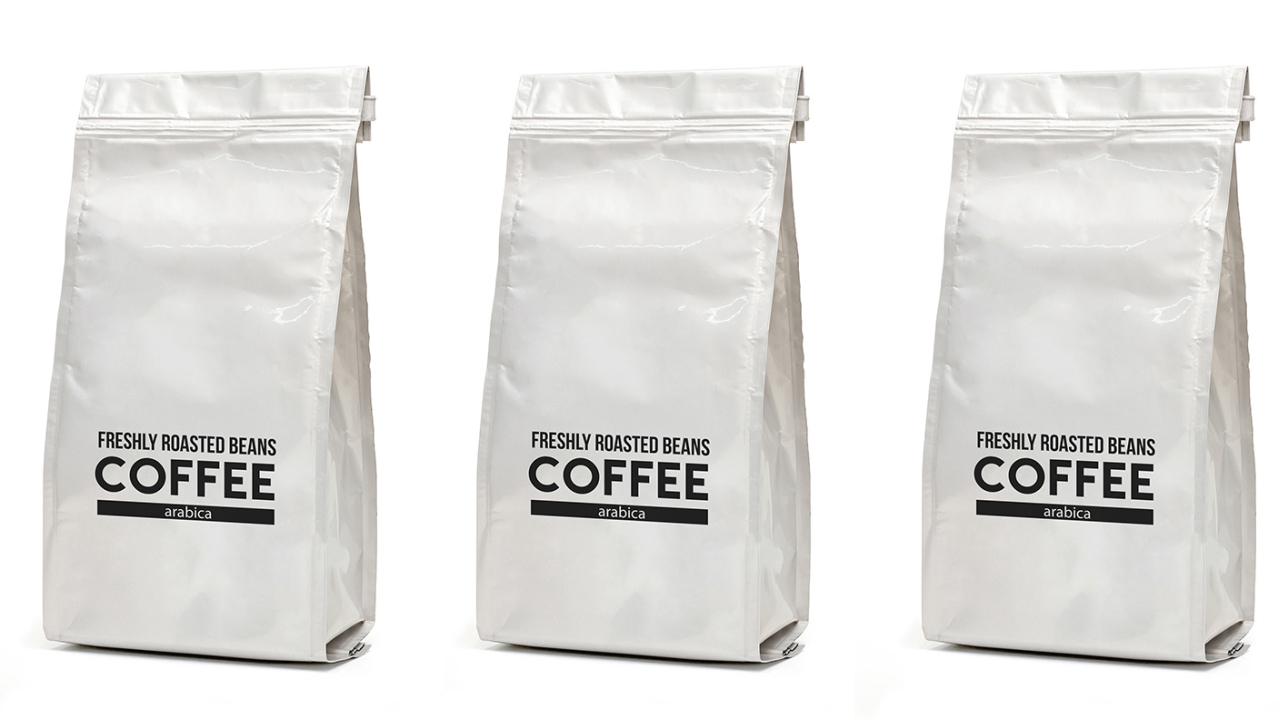Aluminum foil added to CEFLEX design guidelines remit
The Circular Economy for Flexible Packaging (CEFLEX) has begun collaborating with Flexible Packaging Europe, the European Aluminium Foil Association and other key players in this sector to work on ‘Designing for a Circular Economy’ guidelines for flexible packaging containing aluminum foil.

Following a unique value-chain collaboration to deliver the CEFLEX ‘Designing for a Circular Economy’ guidelines for polyolefin-based structures, work has begun to bring similarly effective guidance to improve the circularity of flexible packaging containing aluminum foil.
The new guideline development coincides with an extensive program of testing to improve understanding and design guidance for flexible packaging being conducted by CEFLEX with support from UK Research and Innovation.
The project is in collaboration with FPE, EAFA, and other leading participants, including non-CEFLEX stakeholders providing the additional technical and operational experience. A working group including representatives of the entire value chain for flexible packaging containing aluminum foil began work in spring 2022.
‘While plastic-based flexible packaging applications are predominant and an important focus, CEFLEX has always been material-neutral; working to analyze and achieve the best technical and environmental outcomes for all flexible packaging. This includes structures containing aluminum foil, and we are delighted to be addressing this important element with key organizations and players from across the value chain,’ said Graham Houlder, coordinator at CEFLEX.
Key questions on the sortability and recyclability of flexible packaging containing aluminum foil will be included in the CEFLEX design testing program and enrich the design guidelines. This includes fully understanding the technical capabilities of eddy current separation, the aluminum recycling pyrolysis pathway, and advanced separation technologies, which have already been highlighted for specific attention.
‘Flexible packaging containing aluminum foil is particularly valuable in lightweight, high-preservation packs often found in dairy, dry-food, pharmaceutical, pet food and more,’ added Guido Aufdemkamp, executive director of the European Aluminium Foil Association. ‘Working with a large number of stakeholders across the value chain and informed by cutting-edge testing results is an inspiring starting point for the “Designing for a Circular Economy” aluminum foil containing guidelines.
‘We are confident they will further accelerate and pinpoint innovation and progress being made to improve the design, collection, sorting, and recycling of this packaging format and boost its circular credentials.’
The guidelines will be developed, refined and validated by a range of stakeholders and are penciled in for release in Summer 2023.
Stay up to date
Subscribe to the free Label News newsletter and receive the latest content every week. We'll never share your email address.

